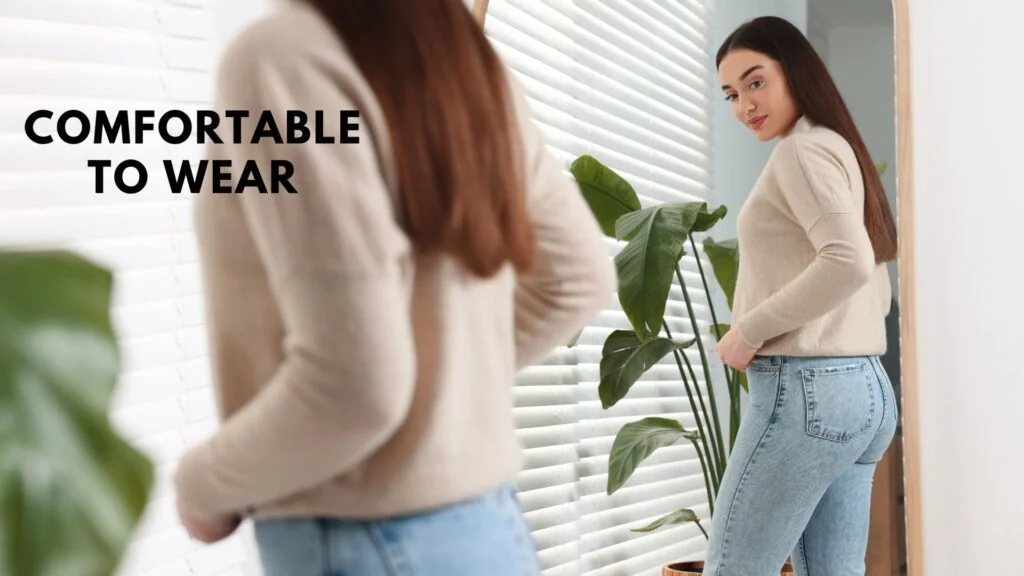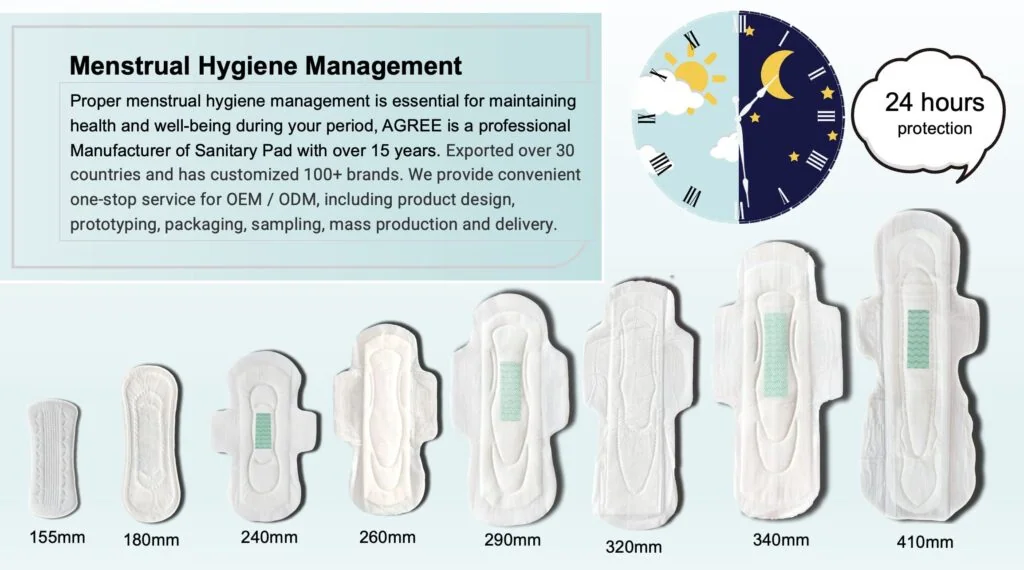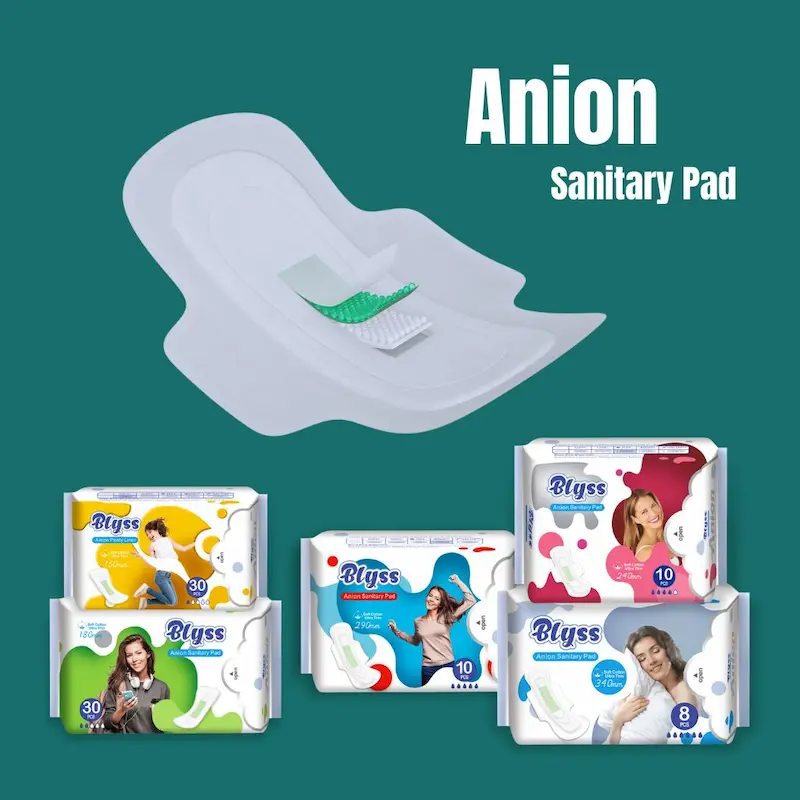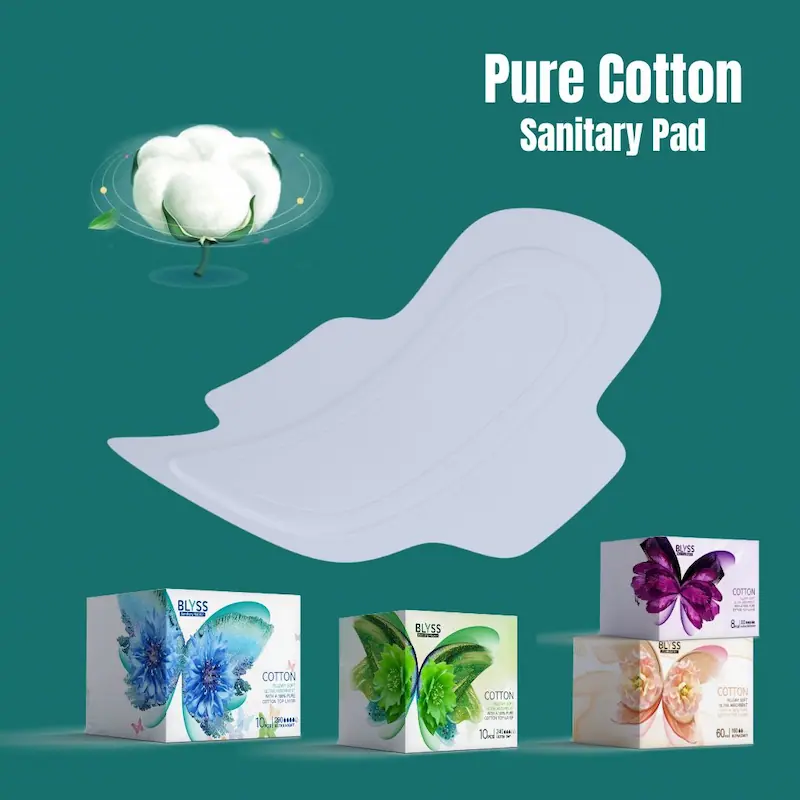Menstrual Hygiene: An Essential Component of Overall Health
Proper menstrual hygiene practices are vital for maintaining good health and well-being during menstruation. By adopting effective sanitary measures, individuals can minimize the risk of infections, discomfort, and other menstrual-related issues. This article will provide essential information on menstrual hygiene, focusing specifically on the frequency of pad changes for optimal health.
Understanding Menstrual Pads and Their Purpose
Menstrual pads, commonly known as sanitary pads, are absorbent materials designed to capture menstrual blood. They are worn inside underwear and come in various sizes and thicknesses to cater to different flow levels.
The primary function of menstrual pads is to absorb menstrual flow and prevent leakage. Some pads feature wings that provide extra protection against leaks, while others are wingless, making them more suitable for lighter flow days.

Recommended Frequency of Pad Changes for Maintaining Hygiene
Maintaining proper hygiene during menstruation involves changing pads at regular intervals. The frequency of pad changes depends on several factors, including flow intensity, pad type, and personal comfort.
As a general guideline, it is usually recommended to change your pad every 4-6 hours during the day. This interval allows for optimal hygiene by reducing the risk of bacterial growth and unpleasant odor. However, it’s crucial to remember that every individual is unique, and their flow may vary. It’s important to listen to your body and adjust the changing frequency accordingly.
By following these recommended guidelines, you can promote menstrual health and reduce the risk of infections and discomfort associated with wearing a pad for an extended period of time.
Factors Affecting Pad Change Frequency
Several factors can influence the frequency of pad changes. Understanding these factors can help you determine the optimal interval for changing pads during your menstrual cycle.
Flow Intensity
The intensity of your menstrual flow is a significant factor in determining how often you should change your pad. If you have a heavy flow, you may need to change your pad more frequently to avoid leaks and ensure comfort. On lighter flow days, you may be able to go slightly longer between pad changes.
Pad Type
Different pad types have varying levels of absorbency. Choosing the right pad for your flow can make a difference in how often you need to change it. Ultra-thin pads may require more frequent changes compared to thicker pads, as they have less capacity to hold menstrual flow.
Personal Comfort
Individual comfort levels vary when it comes to pad changes. Some individuals may prefer to change their pad more frequently for a fresh feeling, while others may be comfortable with longer intervals. Assess your personal comfort and consider adjusting pad change frequency accordingly.

Health Risks of Infrequent Pad Changes
Failing to change your pad regularly can pose health risks. When pads are not changed promptly, blood and moisture collect in the pad, creating an ideal environment for bacterial growth. This can increase the risk of infections, such as urinary tract infections (UTIs) or vaginal infections. To avoid these potential health issues, it’s crucial to change your pad as recommended.
Signs It’s Time to Change Your Pad
There are several indicators that it’s time to change your pad:
- Visible saturation: If your pad appears completely saturated or overflowed with menstrual blood, it’s a clear sign that you need to change it immediately.
- Dampness or discomfort: Feeling consistently damp or uncomfortable indicates that your pad is no longer providing sufficient absorbency and needs to be replaced.
- Unpleasant odor: If you notice a persistent foul smell, it’s a sign that bacteria may be growing in your pad. Changing it will help eliminate the odor and reduce the risk of infections.
- Leakage: Experiencing leaks despite wearing a pad suggests that it has reached its capacity and requires immediate changing.
- Time duration: If more than 4-6 hours have passed since your last pad change, it’s generally recommended to put on a fresh pad.
Responding promptly to these signs will help you maintain good hygiene and reduce the risk of discomfort and infections.
Choosing the Right Pad for Your Flow
Selecting the appropriate pad absorbency is crucial for effective protection. Here’s a general guide to help you choose the right pad for your flow:
- Light flow: For lighter flow, opt for pads labeled as “light” or “regular” absorbency.
- Moderate flow: If your flow is moderate, pads labeled as “regular” or “super” absorbency will provide adequate protection.
- Heavy flow: For heavier flow, consider using pads labeled as “super” or “overnight” absorbency, which have increased capacity to handle larger amounts of menstrual flow.
Remember, it’s essential to choose the right pad to avoid leaks, discomfort, and the need for frequent changes.

Managing Heavy Menstrual Flow
If you experience heavy menstrual flow, you may need to take extra measures to manage it effectively:
- Consider using ultra-absorbent pads or try out menstrual products specifically designed for heavy flow.
- Combine pad usage with other menstrual products like tampons or menstrual cups to enhance protection.
- Use overnight pads, which have a higher absorbency level and longer length for better coverage.
- Plan for more frequent pad changes during heavy flow days.
By understanding your flow patterns and using appropriate products, you can effectively manage heavy menstrual flow with confidence.
Pad Change Frequency During the Night
During sleep, it can be challenging to monitor pad saturation and comfort level. To ensure optimal hygiene and a comfortable night’s sleep:
- Before bedtime, ensure you have a fresh pad with an appropriate absorbency level.
- Consider using an overnight pad, specifically designed to provide extended protection.
- If you have a heavier flow, consider wearing an additional layer of protection, such as reusable cotton pads or period panties.
- Set an alarm to wake up during the night to check your pad and change it if necessary.
- In the morning, change to a fresh pad to start your day feeling clean and comfortable.
By following these steps, you can maintain hygiene and prevent leakage during the night.
Hygiene Tips for Menstrual Health
To ensure optimal hygiene during your menstrual cycle, follow these essential tips:
- Wash your hands: Clean your hands with soap and water before and after changing your pad to minimize the risk of introducing bacteria.
- Wipe front to back: When cleaning yourself after changing pads or using the toilet, always wipe from front to back to prevent the transfer of bacteria to the vaginal area.
- Avoid scented products: Opt for unscented pads and avoid using scented soaps, sprays, or douches in the genital area, as they can disrupt the natural balance and lead to irritation.
- Change pads in clean surroundings: Whenever possible, change your pad in a clean and private space to reduce the risk of contamination and maintain privacy.
- Avoid prolonged pad usage: Do not wear the same pad for longer than the recommended time to minimize the risk of infections and discomfort.
By incorporating these hygiene practices into your routine, you can ensure a clean and comfortable menstrual experience.

Disposing of Used Pads Safely
Proper disposal of used pads is essential for both hygiene and environmental reasons. Follow these guidelines for safe and hygienic disposal:
- Wrap used pads: After removing a used pad, wrap it in toilet paper or its original packaging to prevent any leakage or odor.
- Use disposal bags: Place the wrapped pad in a disposal bag to contain the odor. Many pad manufacturers provide individual disposal bags for this purpose.
- Discard in designated bins: Dispose of the sealed disposal bag in a designated feminine hygiene bin or regular waste bin.
- Do not flush: Never flush used pads down the toilet, as they can clog the plumbing system.
Proper disposal ensures a clean and hygienic environment for yourself and others.
FAQs About Menstrual Pads
Here are answers to some frequently asked questions about menstrual pads:
Q: Can I wear the same pad all day? A: It is not recommended to wear the same pad all day due to hygiene concerns and the risk of infections. Change your pad every 4-6 hours.
Q: Can I wear a pad at night? A: Yes, it is safe to wear a pad at night. Opt for overnight pads or pads with higher absorbency to ensure protection throughout the night.
Q: Can I reuse a pad? A: No, disposable pads are intended for single-use only. Reusing pads can lead to bacterial growth and infections.
Q: Can I swim while wearing a pad? A: Swimming while wearing a pad is not recommended, as pads are not designed to absorb water effectively. Consider using tampons or menstrual cups for water-related activities.
By following these guidelines, you can maintain optimal hygiene, comfort, and well-being during your menstrual cycle.
Conclusion
Proper pad hygiene is essential for maintaining optimal health during menstruation. Understanding the recommended frequency of pad changes, factors affecting pad change intervals, and practicing proper hygiene techniques can help prevent discomfort, minimize the risk of infections, and promote a sense of cleanliness. By prioritizing menstrual health and adopting the right practices, you can ensure a positive menstrual experience.




